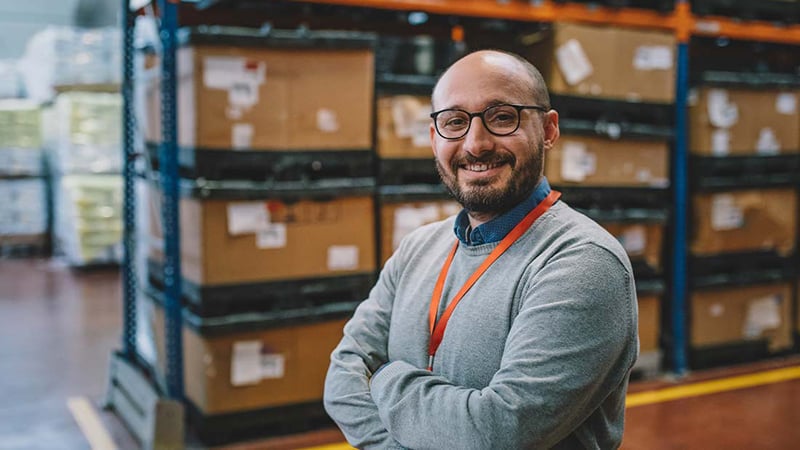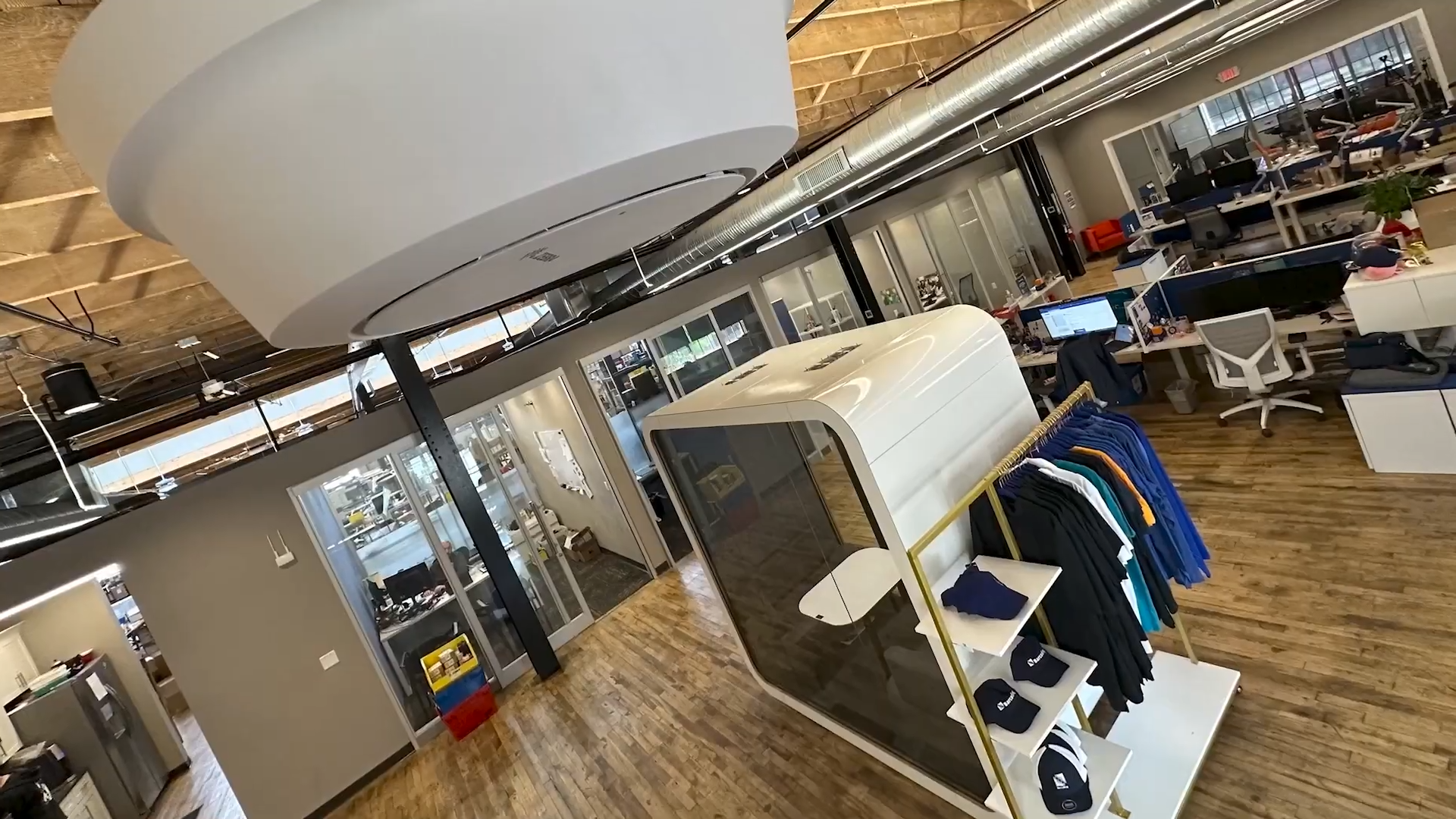Most people don’t often think about the healthcare sector as having much in common with, say, retail or food supply chain. But when it comes to inventory management and complexity, hospitals, surgery centers, and other healthcare facilities face similar challenges—issues like staffing shortages, outdated inventory control methods, and increasing time- and cost-related pressures.
And in healthcare, the pressure’s amplified by the fact that patients’ wellbeing and lives are often on the line.
My guests for the July Huddle are well-acquainted with the complexities and challenges of healthcare inventory management:
Both Bhavik and Jeff have about 15 years in the field and a lot of experience witnessing the impacts of inefficiencies on systems, providers, and patients.
Our conversation brings together their insights into the complexities of inventory management in healthcare and some truly amazing RFID innovations that make it possible to automate and reduce human error in healthcare environments.
If you’re a supply chain geek, huddle up and get ready for the goosebumps!
Get to Know Xerafy and Surgio Health
Xerafy’s passive UHF RFID solutions enable hospitals and ambulatory surgery centers (ASCs) to automate asset tracking and save time, prevent unnecessary purchases, and do more with less. Xerafy’s advancements mean RFID technology can now be embedded in metal, can withstand disinfectant chemicals and high temperatures—and can even survive the autoclave.
Surgio Health is a technology company whose primary goal is to help hospitals, ambulatory surgery centers, medical device manufacturers, vendors, and distributors eliminate inefficiencies from their processes and alleviate those pressures of time, costs, and staff shortages. They guide their customers through data-driven discovery and implementation of solutions to improve efficiency, reduce waste, and drive continuous improvements.
Better Medical Inventory Management Supports Quality Patient Care
Across the board, medical professionals’ absolute number-one priority is caring for their patients. And that can mean there hasn’t been enough attention paid to improving operations management and the materials required to perform that care—so we’re still seeing a lot of manual and analog asset and inventory management (i.e. pen-and-paper or spreadsheets). That can contribute to lost items, redundant purchases, time wasted locating high-value assets, and errors.
The medical advancements that are improving and prolonging lives also increase complexity in the healthcare environment. As procedures are distributed to outpatient settings and expensive, critical assets like equipment and instruments need to be not only present, but scheduled, prepared, and sterilized for procedures. Now, in the wake of a global pandemic, amid a shortage of healthcare workers and heightened awareness of the threat of outbreaks, RFID that can withstand harsh environments makes it possible to automate processes—reducing risks to staff, increasing visibility into inventory, and freeing up more time to focus on patient care.
Crawl, Walk, Run
While operations managers in hospitals or ASCs may get excited about RFID’s potential applications in their workflows, Jeff pointed out the importance of setting and managing expectations. No one goes from a clipboard to RFID-enabled, automated data capture in a snap of a finger. Consultations start with an examination of the current state, and build a path. That includes:
- Reviewing processes and workflows to identify the best starting points
- Setting realistic short-run goals
- Building off success using the data as a guide
To Jeff’s point, Bhavik added that implementing RFID and automation can present a once-in-a-lifetime opportunity to take a fine-toothed comb through processes—and to mine healthcare enterprise data for meaningful insights that can improve patient care, streamline operations to care for more patients with existing resources, and reduce overall costs. Once a customer implements an automated process, it becomes a lot easier to see how automation can deliver benefits to other operations and solve even more challenges within a facility or system.
RFID That’s Battery-Free and Withstands Harsh Environments
Industrial users of RFID tags and labels are familiar with the challenges of extreme environments: humidity, heat, cold, harsh chemicals, etc.
That’s where parties from device manufacturers to distributors to end users can all benefit from advancements in RFID, including embedding the technology right into instruments and devices. Cleaning and sterilization can subject devices to harsh chemical substances, extremely high temperatures, and even gamma rays—and passive ultrahigh-frequency (UHF) RFID hasn’t been found to create electromagnetic interference that impacts medical equipment performance.
What does that mean for healthcare manufacturers, distributors, and device end users? For one thing, it puts the benefits of RAIN RFID tracking and traceability—proven out in retail and food supply chain—within reach for practitioners and patients. It works for reusable transport containers in grocery and food distribution, just as it works for surgical instruments and trays.
Applying automation to workflows around locating, sterilizing, and prepping surgical instruments and medical devices reduces demands on staff, increases visibility into inventory, and helps minimize the likelihood of human error. All that adds up to better patient care and a better workplace experience for healthcare workers.
Healthcare systems are complex, and that means there’s a lot of room for improvements that reduce administrative burdens on staff—especially in nonclinical workflows like patient belongings tracking. Learn more about how streamlining and automating the task can help alleviate burnout in nursing staff. Click here or below to download the whitepaper.







